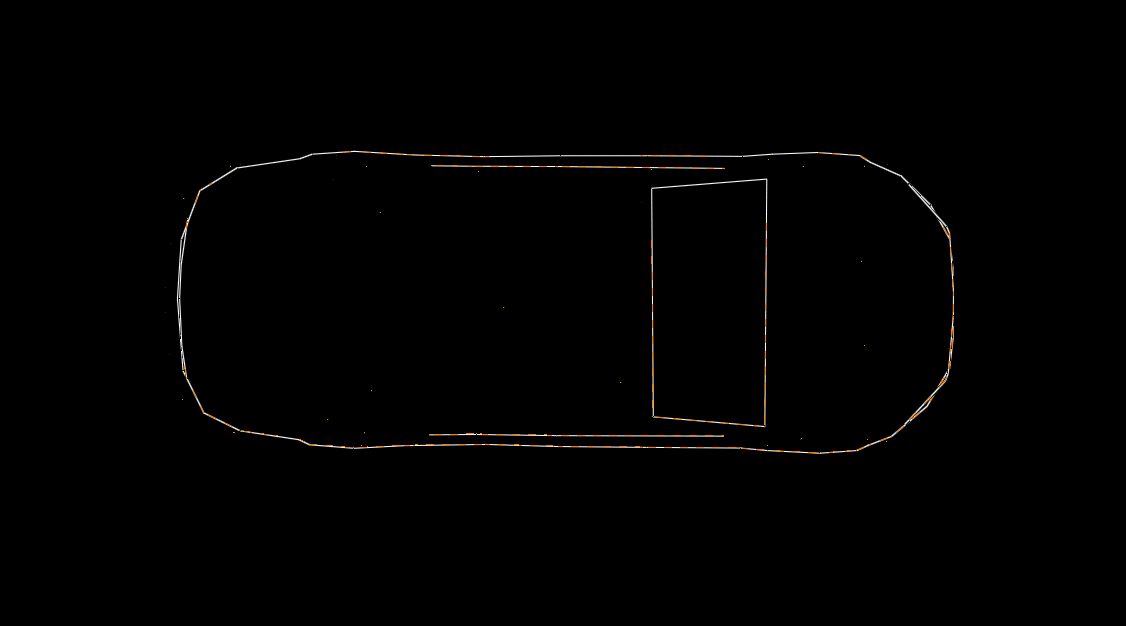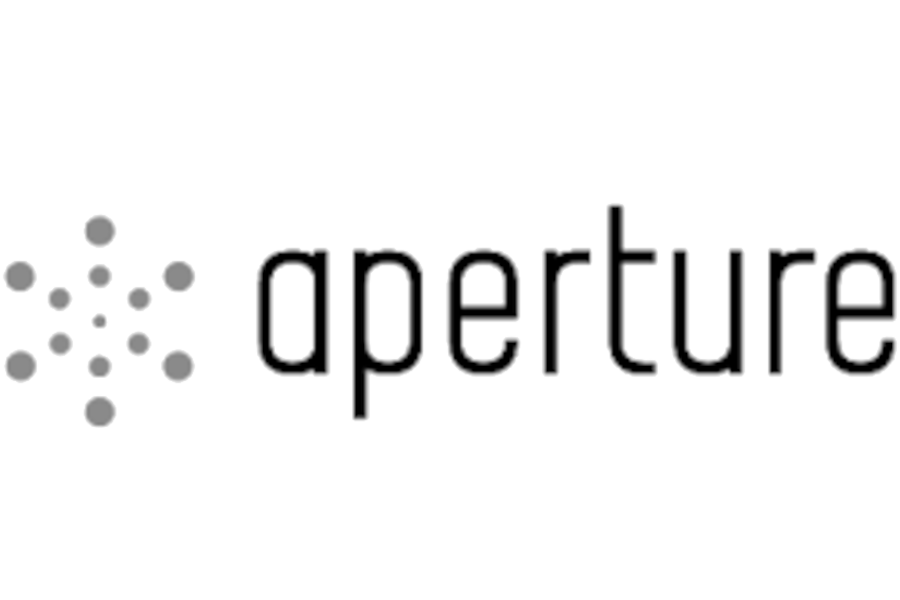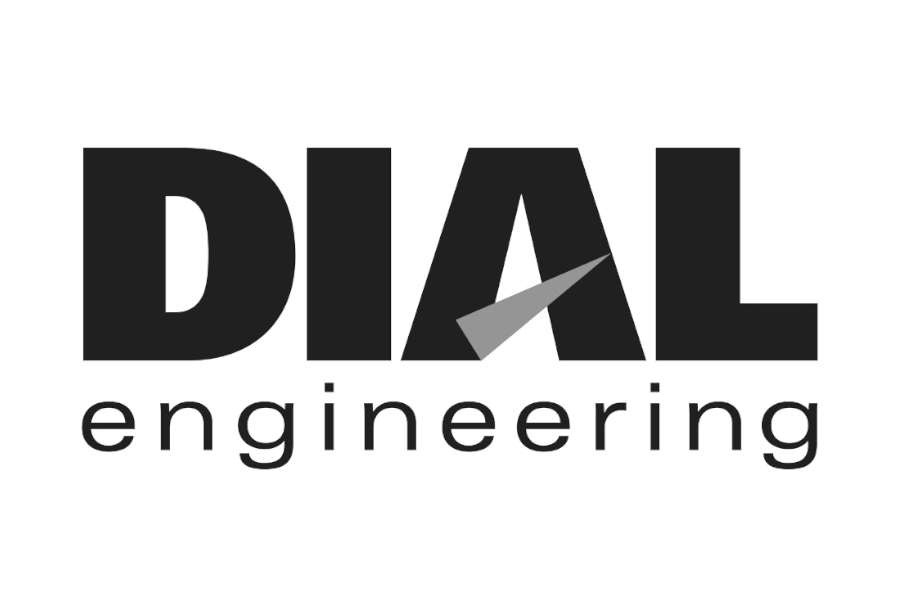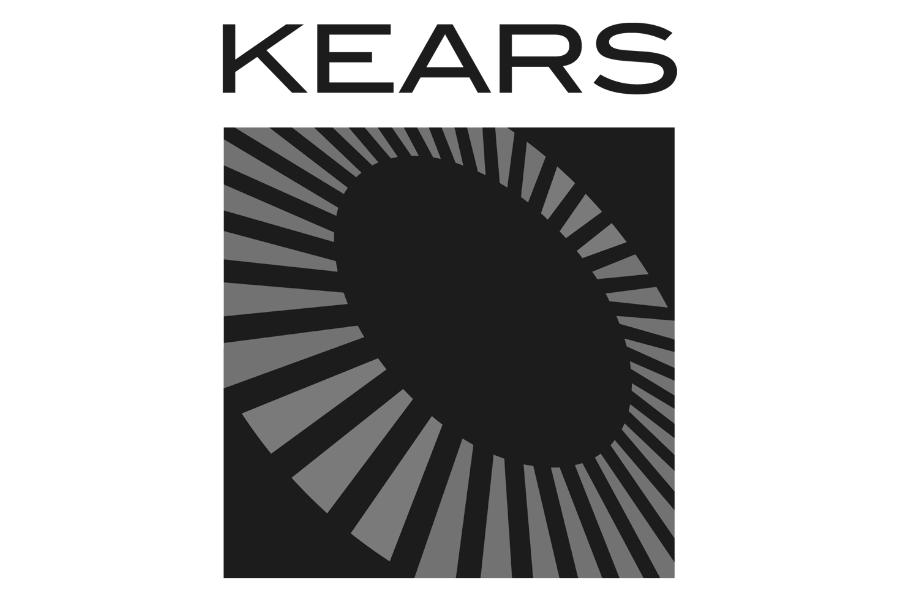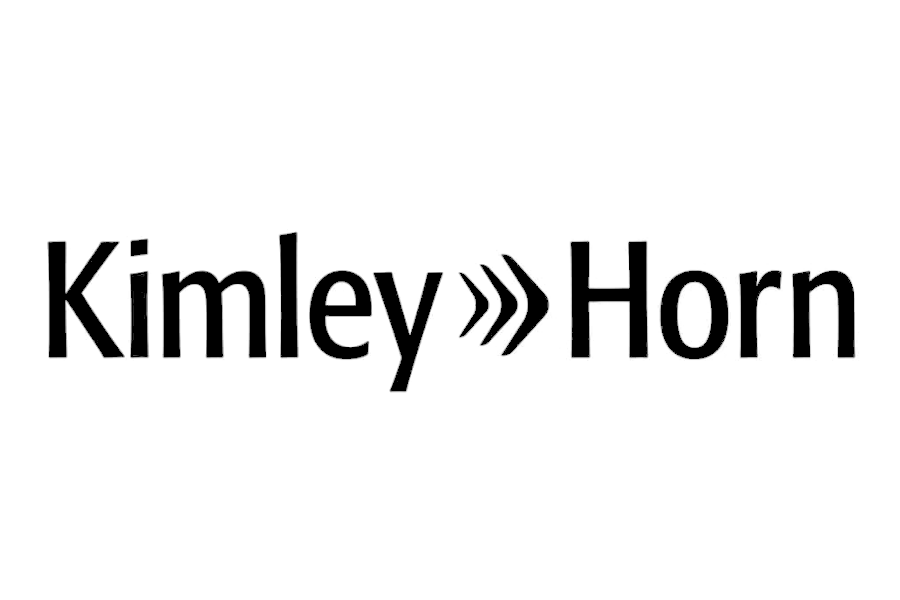Can you Measure Crush with an iPhone?
/Smartphones are certainly a useful tool in collision reconstruction. From accelerometer, GPS, and momentum analysis apps, to HD video capability, emailing on the road, and access to Google...it’s tough to remember what it was like pre-smartphone. But, could you actually use an iPhone to accurately measure the amount of crush a vehicle sustained? Let’s find out.
If you’re reading this article, chances are you know something about photogrammetry… the science of obtaining measurements from photographs. Well, the iPhone 5 has an 8 megapixel camera with a 1/3.2” sensor (measuring 4.54 x 3.42mm, or 0.18 x 0.13 inches). When compared to a basic Nikon DSLR, like the D3100, which is a 14.2 megapixel camera with a sensor measuring 15.4 x 23.1mm, it becomes clear the iPhone 5 doesn’t compare with most photogrammetry user’s equipment. But, can the iPhone’s baby sensor create photographs capable of producing reliable measurements? To find out, we created four models of the same vehicle, a 2012 Volkswagen Passat:
- Model created with Photomodeler and a Nikon D3100 DSLR
- Model created with Photomodeler and an iPhone 5
- Model created with iWitness and a Nikon D3100 DSLR
- Model created with iWitness and an iPhone 5
Calibration
The first step was to calibrate the D3100 and iPhone with Photomodeler and iWitness. The Nikon D3100 calibrated without issue in both Photomodeler and iWitness, as expected. The iPhone was calibrated in Photomodeler using the 36 x 36 inch printed sheet, and there were no issues with the process. However, while the D3100 calibrated with a maximum error of 0.295 pixels, the iPhone max error was 2.475 pixels. Good, but not DSLR good. Photomodeler users can download the iPhone calibration here.
Things didn’t go as smoothly with the iWitness calibration. While many of the calibration points could be referenced without issue, several of the predicted locations were initially far off, prompting the “Bad Intersection” dialogue. However, having changed nothing, the project was later re-opened and all points were selected without issue. iWitness users can download the iPhone calibration here.
*Note: Due to the fact that the iPhone only has a digital zoom, the focal length does not change when zooming. Therefore, there will be no change in the image EXIF properties upon zooming. Make sure to use the same zoom setting for all photographs during calibration and thereafter, I recommend zooming out completely.
Photography and Processing
Aside from looking like a rookie while shooting with the iPhone, there was little difference between photographing the subject vehicle with the D3100 and iPhone. The major difference was the lack of retro-reflective response with the iPhone. I use retro-reflective targets on the body panels, as well as retro-reflective spheres on the roof, neither of which were activated by the iPhone’s weak flash. This meant the spheres needed to be manually selected in both Photomodeler 6 (later versions would select the spheres without issue) and iWitness, but that’s no big deal…just takes a bit more time. There were no other processing issues associated with the iPhone photographs.
Results
In short, impressive. First, the results will be shown in graphical form, and then things will get a bit geeky as the accuracy is quantified. The models created in Photomodeler were merged and exported as a DXF while the iWitness models were exported as DXFs and then merged for comparison. In the animation below, the Photomodeler DSLR model is shown in black and the Photomodeler iPhone model is shown in blue. The maximum distance between any two corresponding points was 0.20 inches.
The animation below shows the difference between the D3100 and iPhone models in iWitness. Here, the iPhone model is shown in orange. The maximum difference between any two corresponding points was 0.16 inches.
On top of the graphical analysis above, the accuracy reports of both models were compared to one another. In Photomodeler, the D3100 project RMS error was 0.34 pixels with a maximum of 0.79 pixels, while the iPhone RMS was 0.58 pixels with a maximum of 2.56 pixels. With respect to point precisions, the overall RMS vector lengths for the D3100 and iPhone projects were 0.047 and 0.131 inches, respectively.
Relative to iWitness, the D3100 project RMS error was 0.16 pixels with a max of 0.35 pixels, while the iPhone RMS was 0.16 pixels with a max of 0.66 pixels. The X, Y, and Z accuracies for the D3100 project were 0.0099, 0.0120, and 0.0071 inches, respectively. The overall reported accuracy was 0.0057 inches. For the iPhone project, the same values were 0.0232, 0.0304, and 0.0177 inches, while the overall accuracy was 0.0140 inches.
Conclusion
The numerical analysis above shows the iPhone projects to be about 2 ½ to 3 times less accurate than the D3100 projects. The graphical illustration of the accuracy difference shows that the reduction in accuracy translates to small differences when measuring a vehicle. Recall, the maximum distance between corresponding points was 0.20 inches using Photomodeler and 0.16 inches using iWitness. This error, even when considering the inherent error in a DSLR-based project, will not translate into any notable error when performing a crush analysis. While a DSLR will consistently produce more accurate results, the iPhone, and likely most smartphones, may suit your needs or come in handy in a pinch. Ultimately, yes, you can accurately measure vehicular damage using an iPhone…yet another use for a smartphone in collision reconstruction.
Thanks for reading. To receive updates when similar articles are published, please subscribe to our newsletter here.
Louis Peck, MSME
ACTAR #1663
Director/Engineer
Lightpoint Data
www.lightpointdata.com




